When: August 2023 Duration: 19 days Distance covered: 2420 km
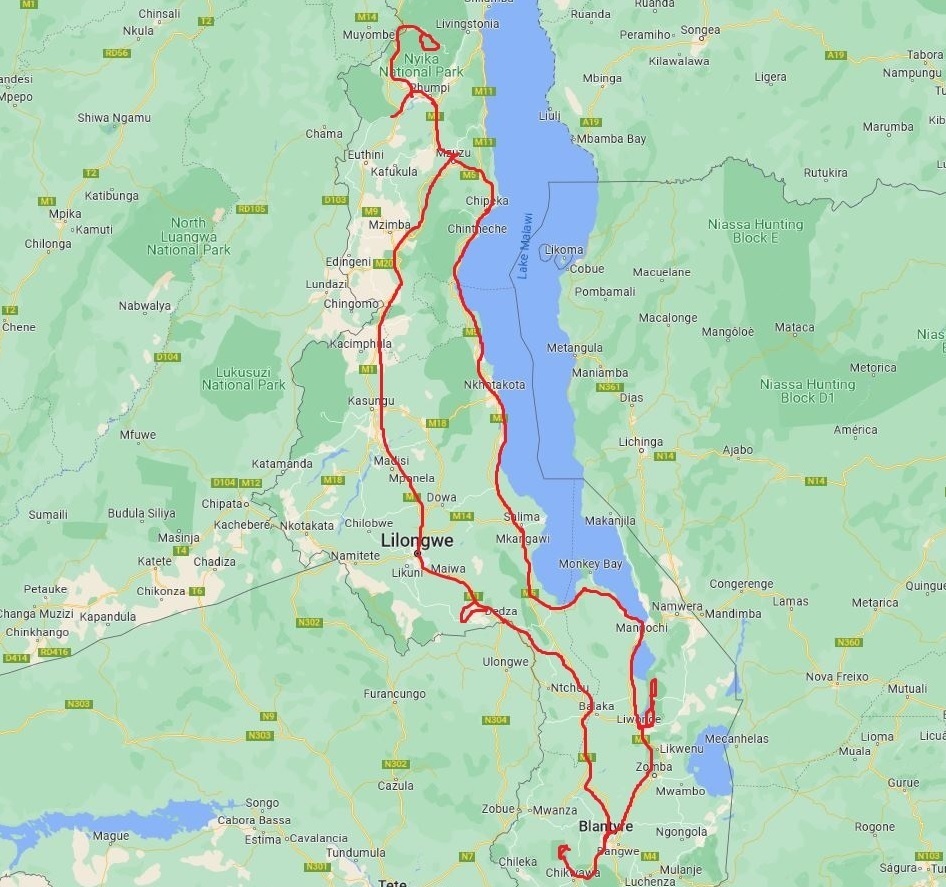
Malawi. A warm heart of Africa, as it is also often called, due to the kindness of its people. Landlocked, it lies in the southeastern part of Africa. It is sometimes classified as part of Southern Africa, other times as East Africa, and sometimes even as Central Africa. One of the most densely populated countries on the continent, it is also one of the poorest.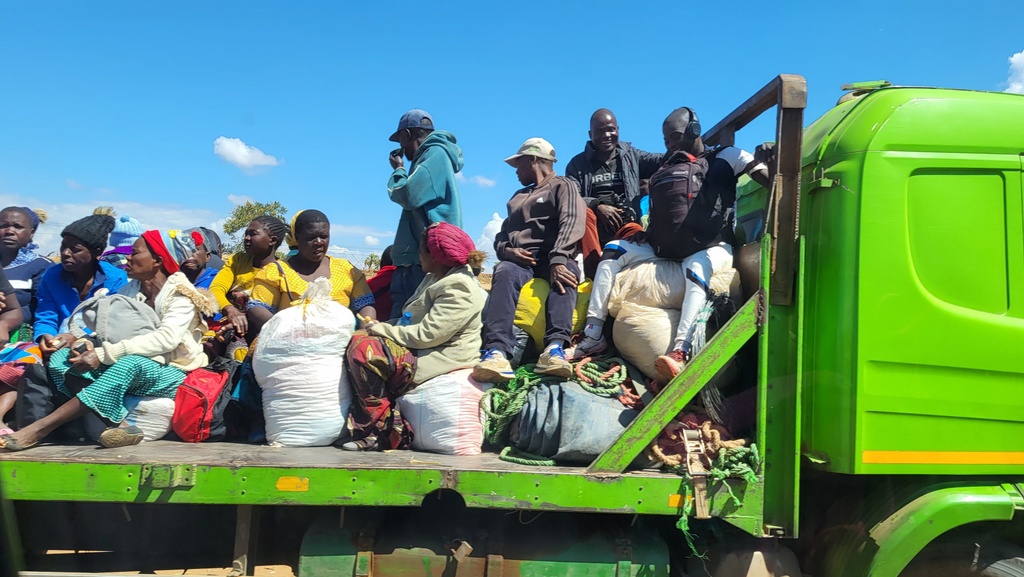
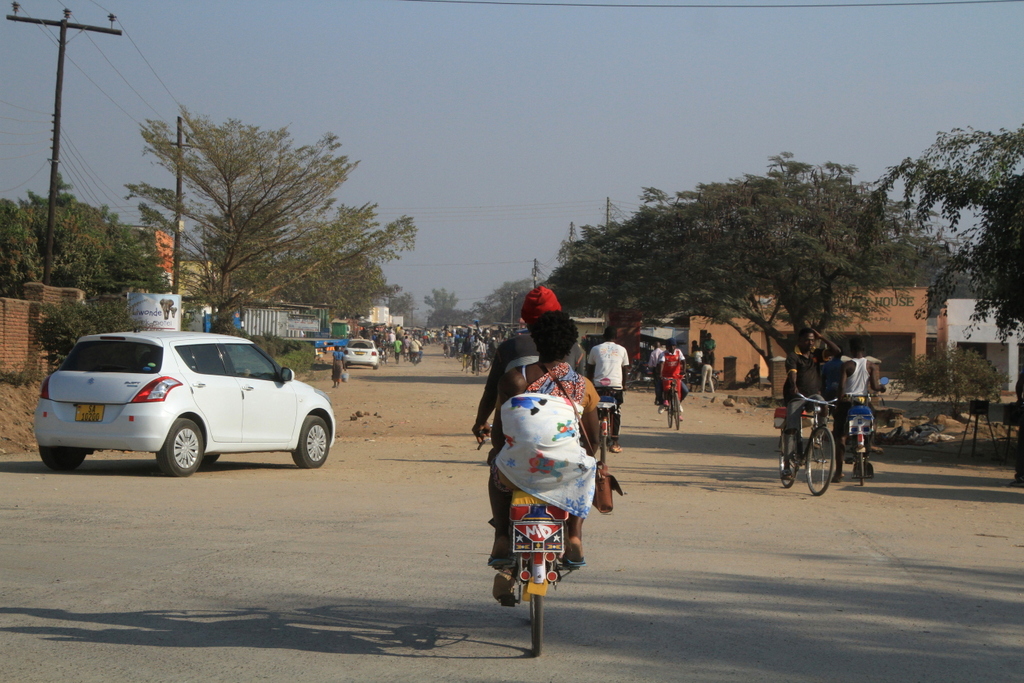
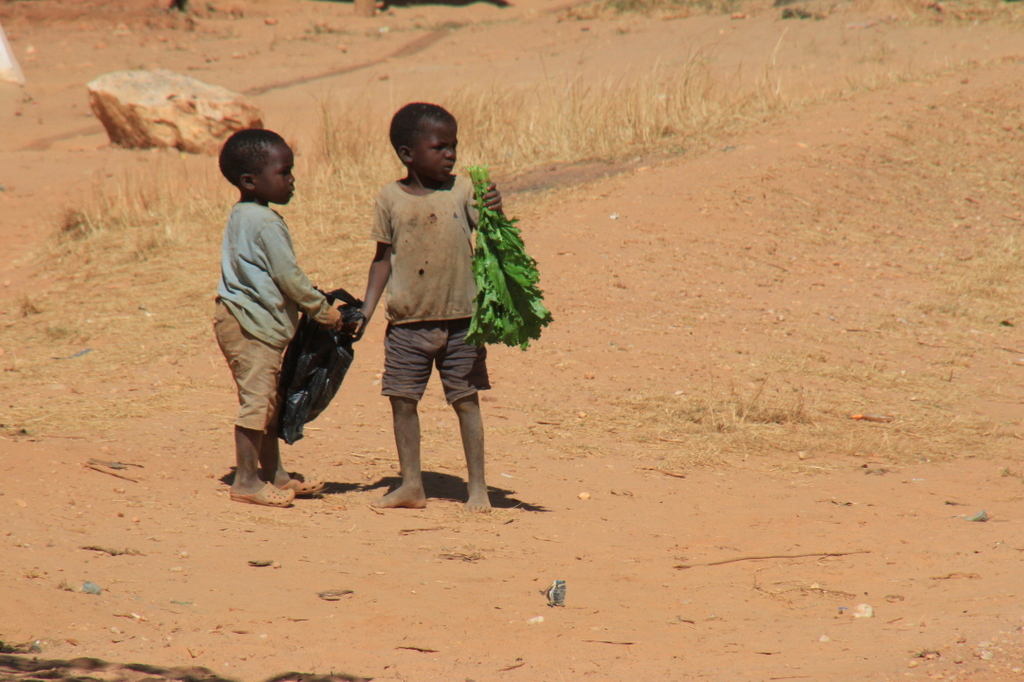
The country’s most prominent geographical feature is Lake Malawi, or Lake Nyasa, as it is sometimes still called. It is the fifth largest lake in the world by the volume of water, the third largest lake in Africa, and the southernmost of the great lakes of the East African Rift system.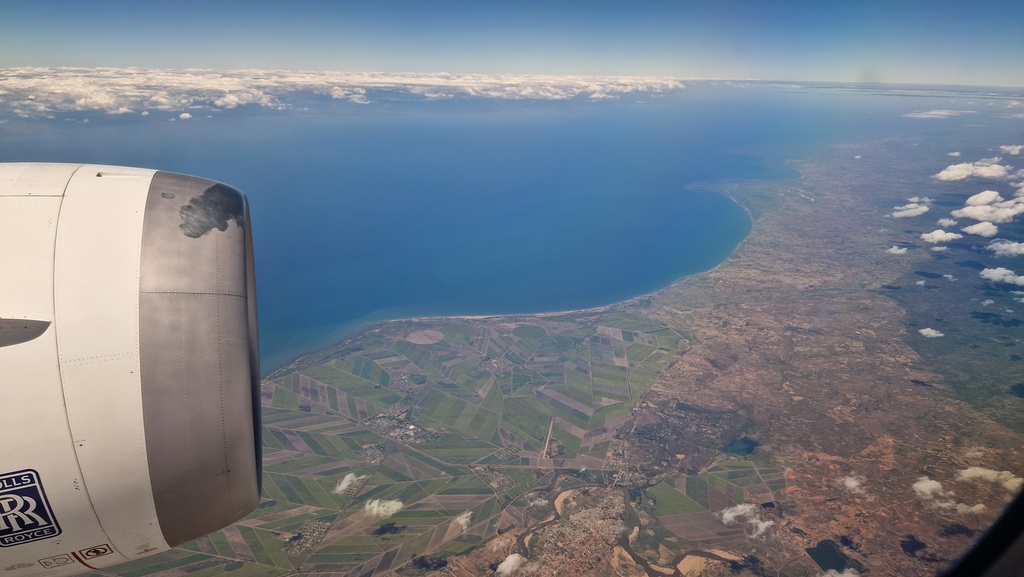

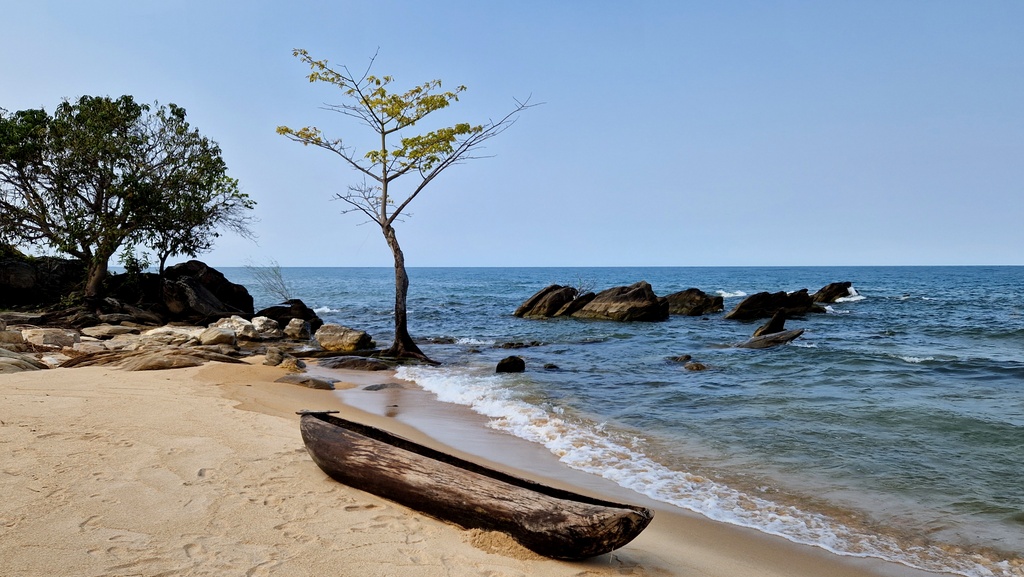
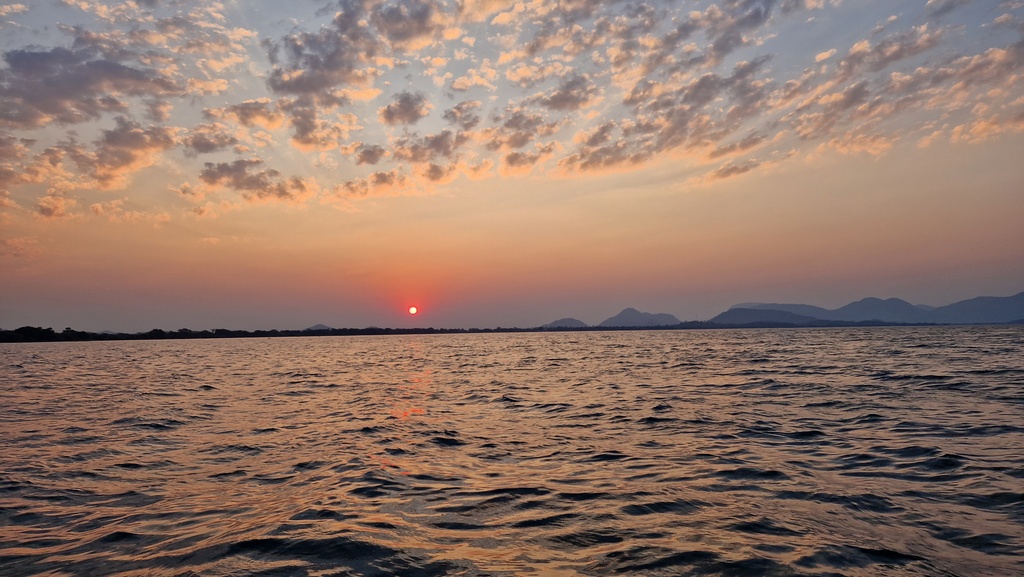
Its fish-rich waters provide a major food source for the dense population around its shores. It is especially famed for its many hundreds of colorful Cichlid fish species, so snorkeling in its shallow waters is one of the most popular activities among visitors.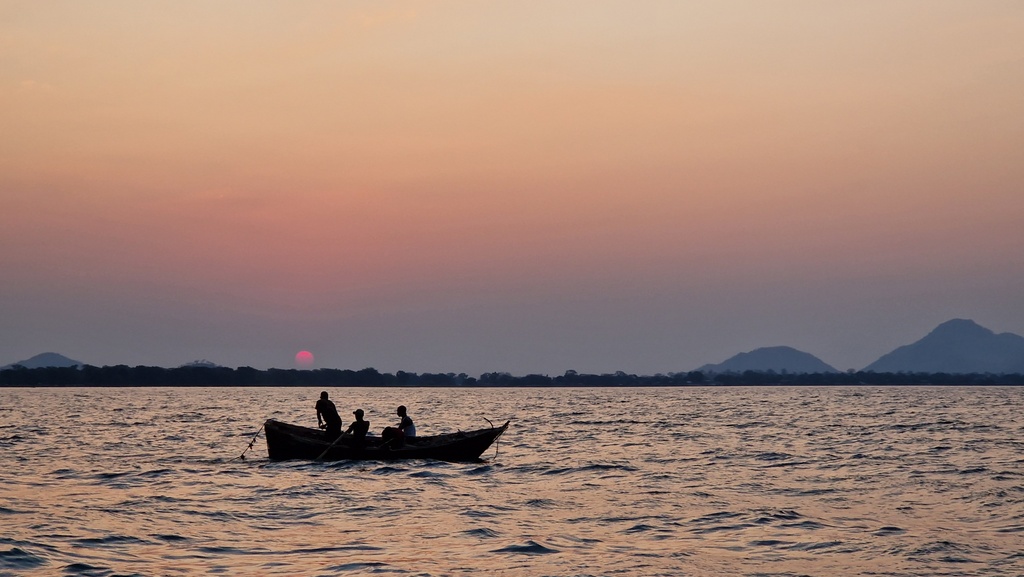
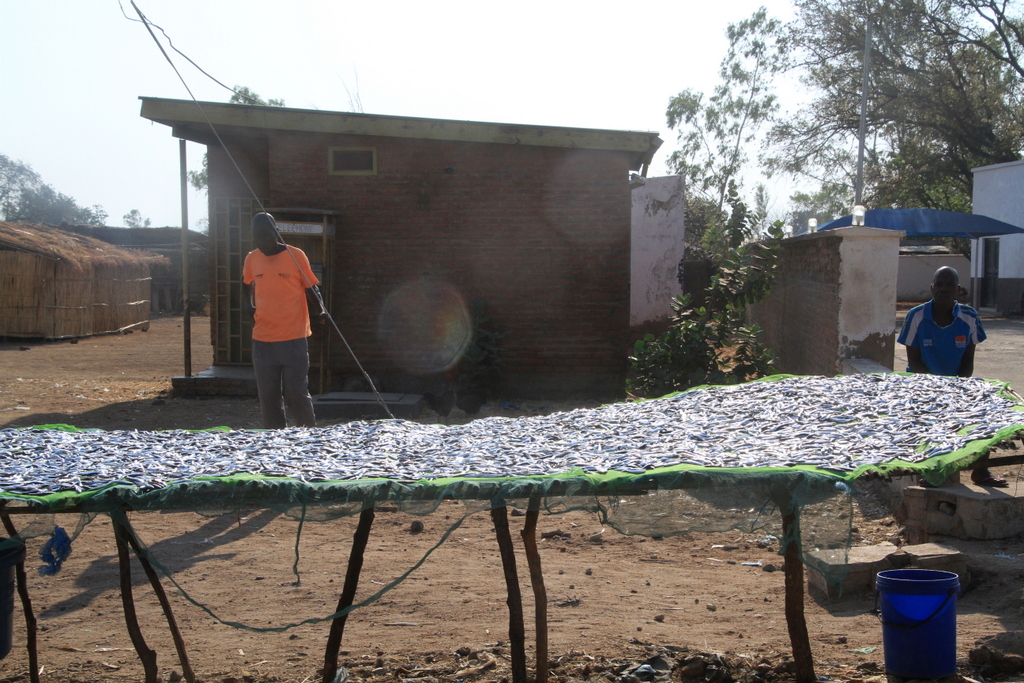
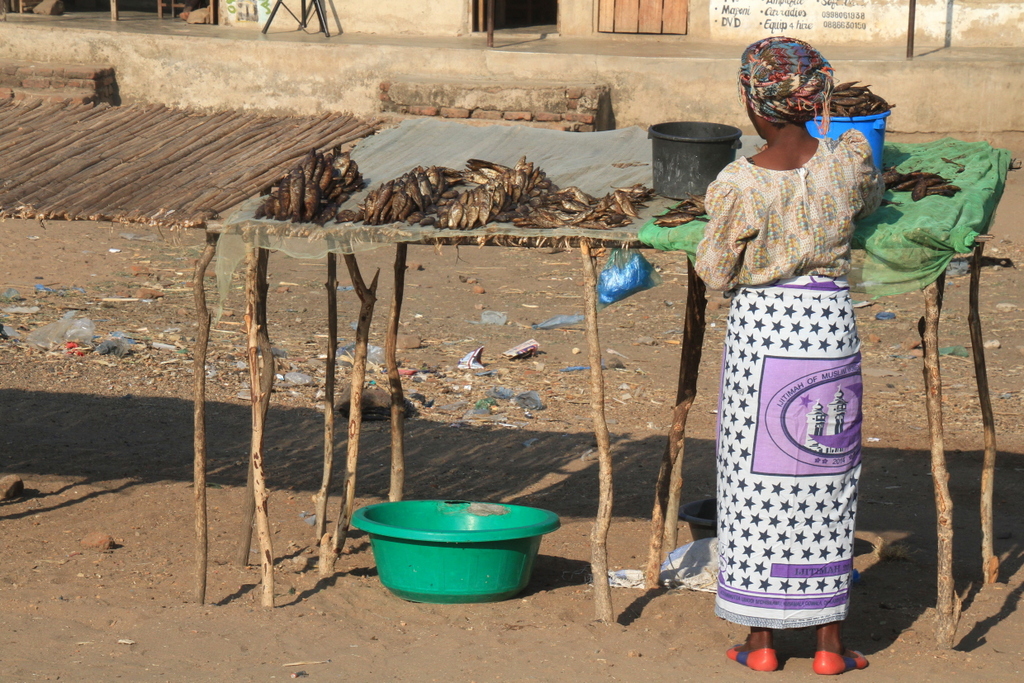
Malawi is very scenic, politically stable, one of the safest countries in the region, and it has some wonderful safari parks. So how come it has eluded us for all these years? The main reason is that we didn’t know of any reliable 4×4 rental company in Malawi, and having the car delivered from abroad would be very expensive. Then, a year ago we got a tip about Land & Lake Safaris, a small, family-owned tour operator based in Lilongwe, who also have a fleet of fully equipped Toyota Hiluxes, available to rent for self-driving trips. So, we started to seriously investigate Malawi for one of our next African trips.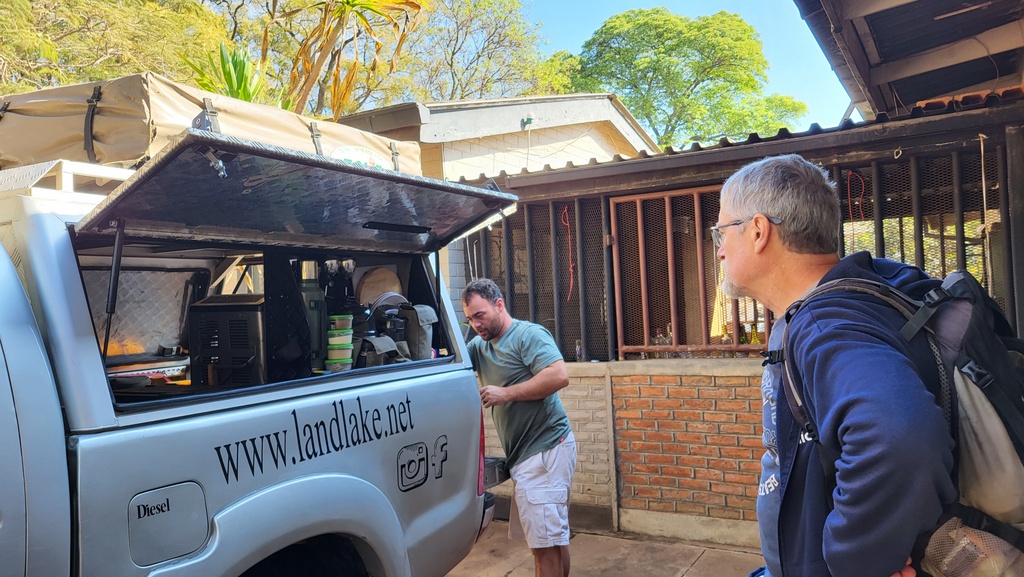
The car we got was one of the oldest in their fleet, but it worked flawlessly for the entire trip. It is obvious that they maintain their cars very well, and we didn’t have any problem with it. Camping equipment, including the rooftop tent, was also of excellent quality. As a special bonus, ours was their only Hilux with a double fuel tank installed. This can be a very important detail, as Malawi suffers quite frequent fuel shortages. During our stay, diesel was readily available, however, for petrol there were often endless queues in front of the fuel stations. But with our diesel engine and more than 1000 km fuel autonomy, we never felt any fuel anxiety.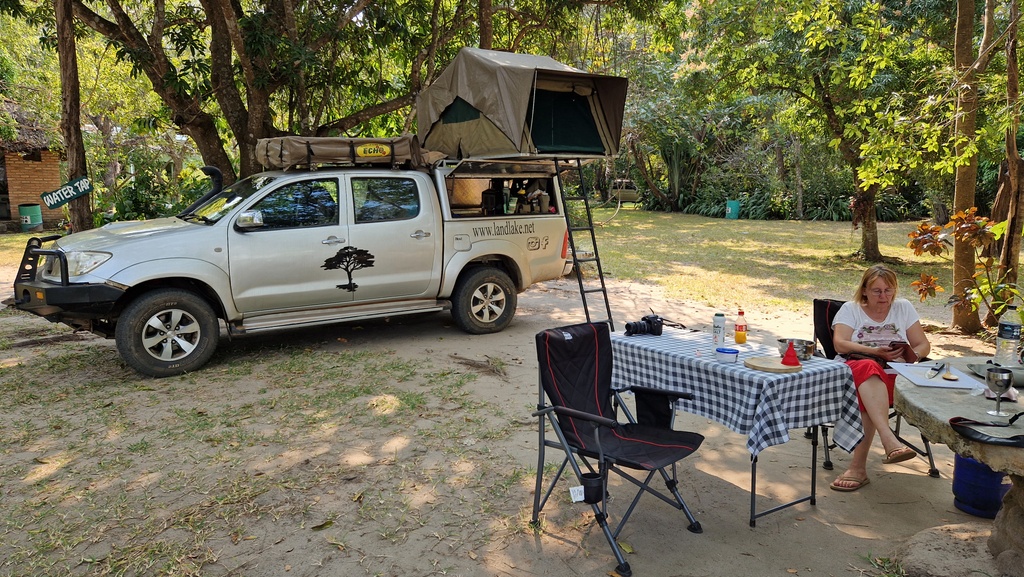
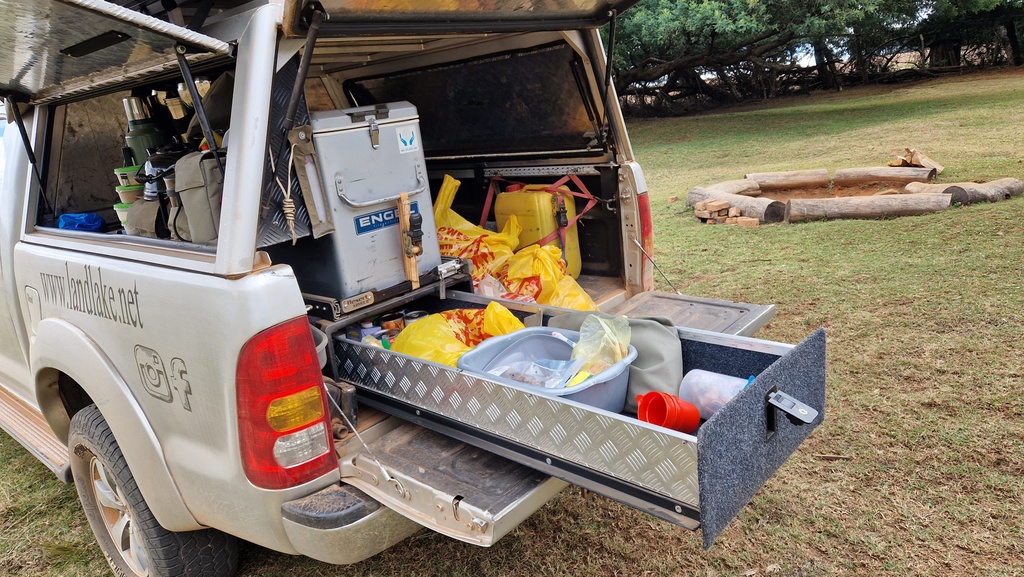
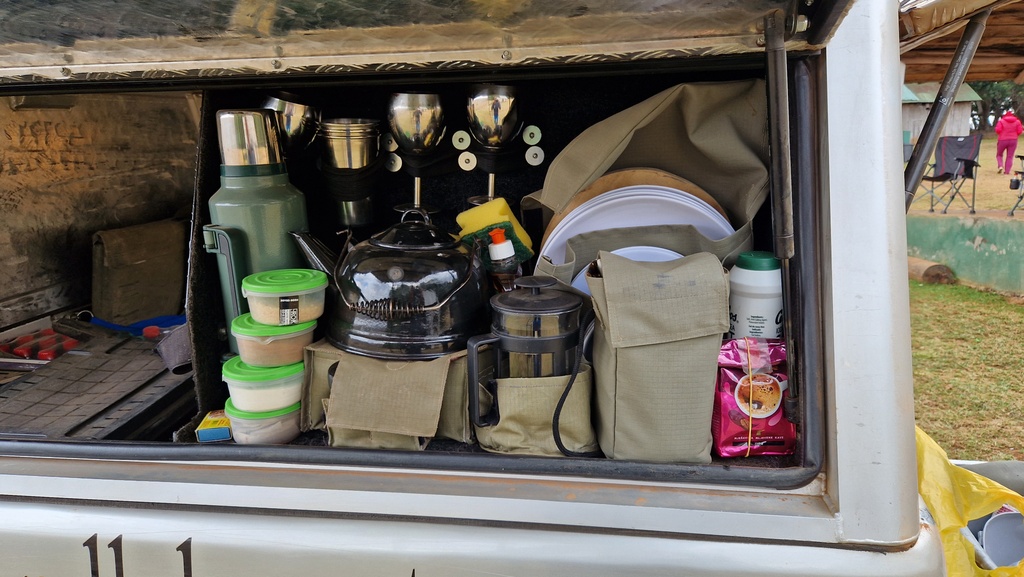
The main roads are generally in decent condition, only a few of those we have driven were really bad, with countless potholes. Apart from around major towns, the road traffic was generally light, but everywhere the roads were flooded by bicyclists and pedestrians.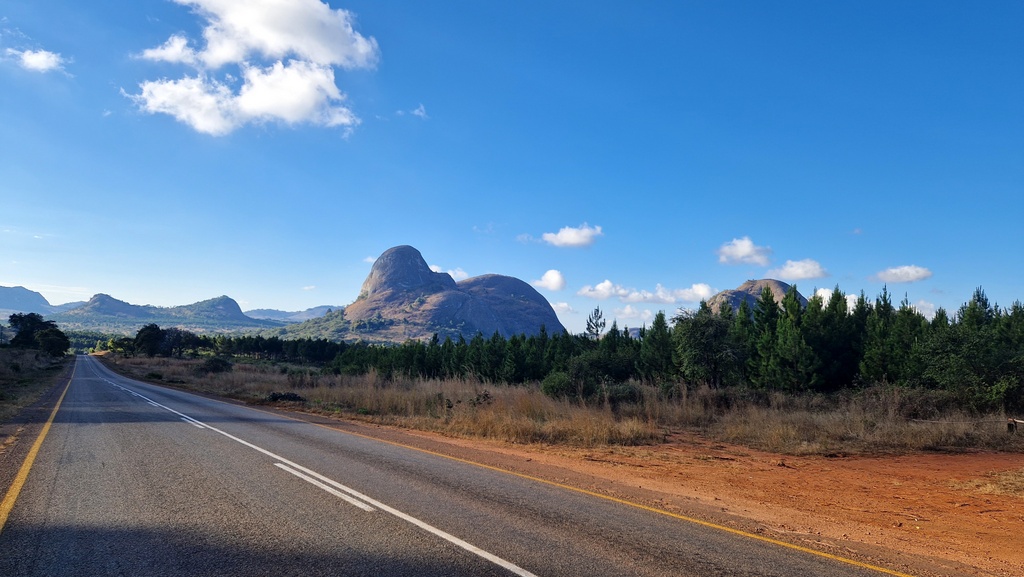
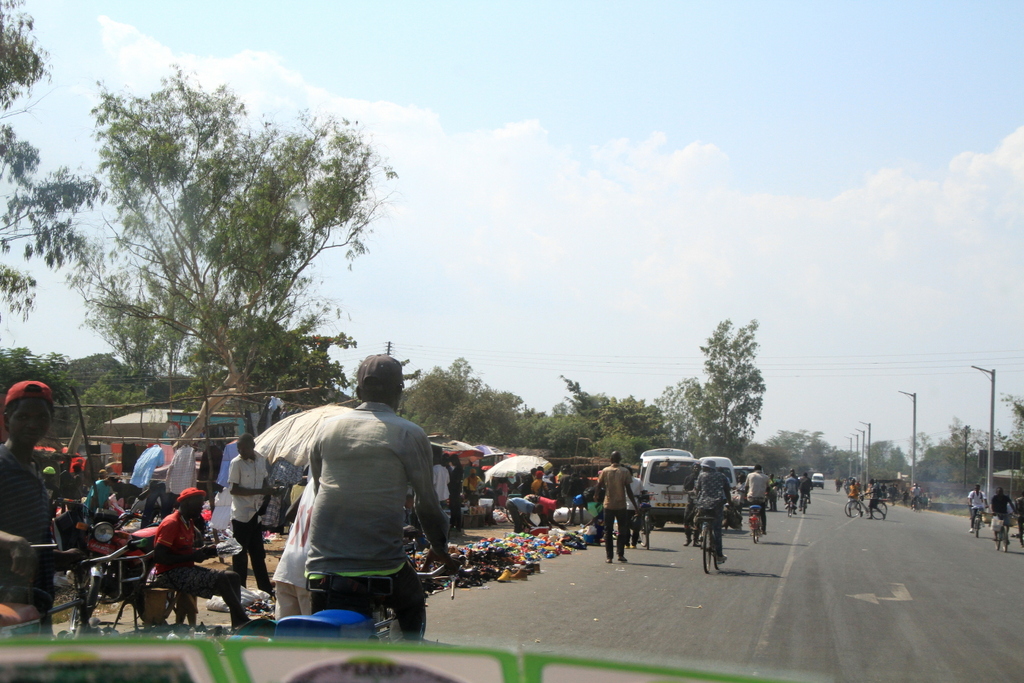
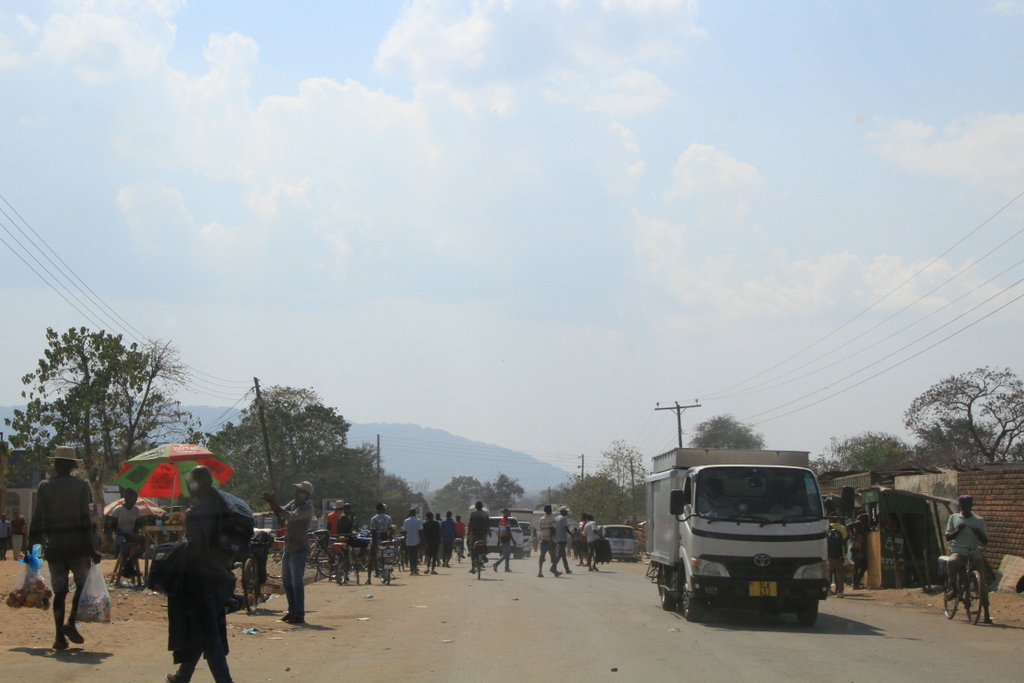
As always in Africa, our main interest is wildlife. Malawi has some prime wildlife viewing parks. Unfortunately, in the past, all of those parks have been almost completely depleted of large animals, partly due to poaching, and partly due to civil war in the neighboring Mozambique. However, in the last two decades, the management of three major parks (Majete, Liwonde, and Nkhotakota) was put in the hands of African Parks, an international NGO, specializing in protecting and reviving endangered natural systems in Africa. They’ve done an excellent job in Malawi, and some of those parks are once again ranking among the best safari destinations in the region.
Apart from those classical safari destinations, there is one habitat in the north of the country, which is very unique, and not to be found similar anywhere else on the continent – this is Nyika Plateau, a beautiful area of montane grassland and patches of forest. Nyika has been on our bucket list for a long time and was one of the must-visit destinations on this trip.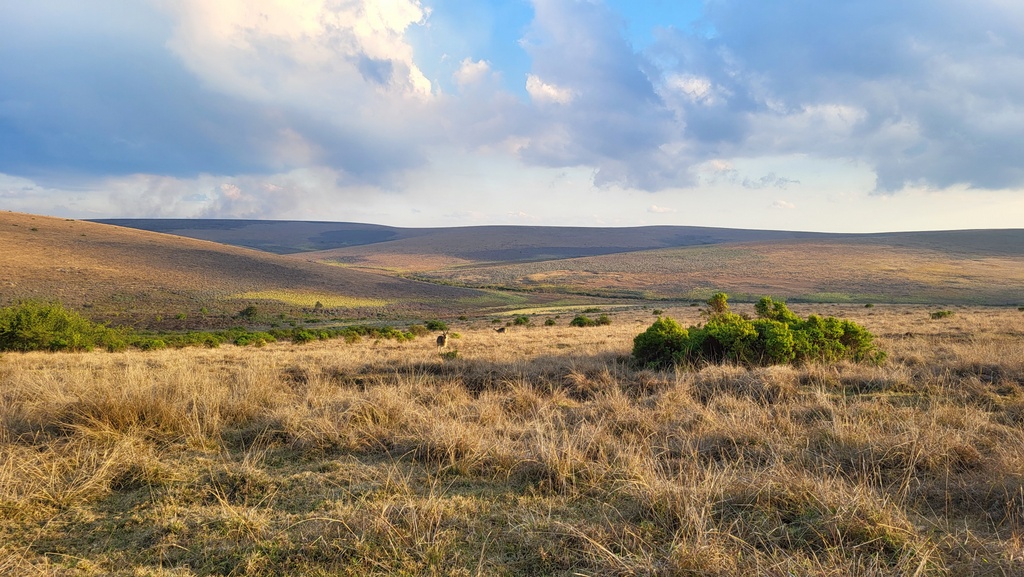
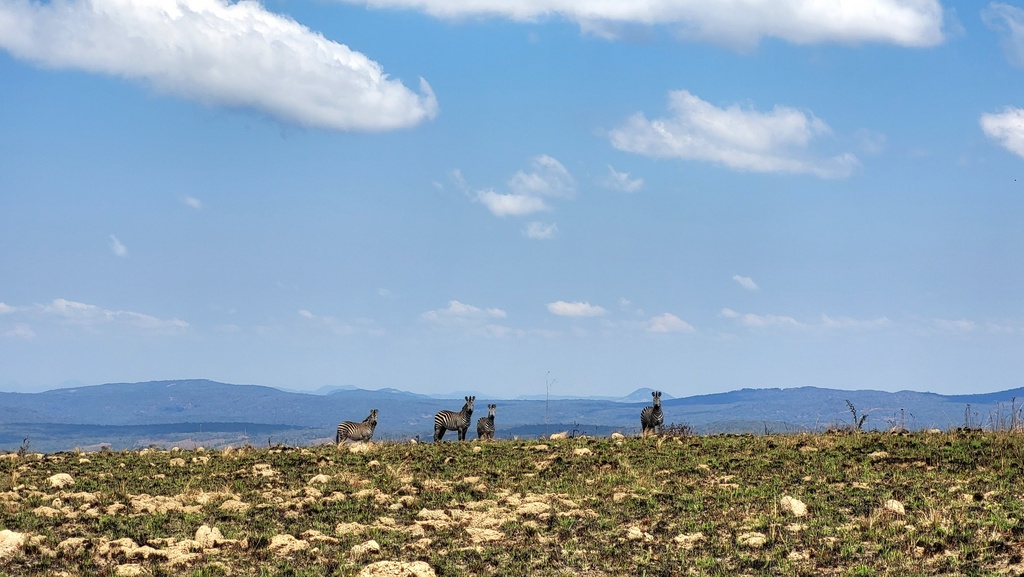
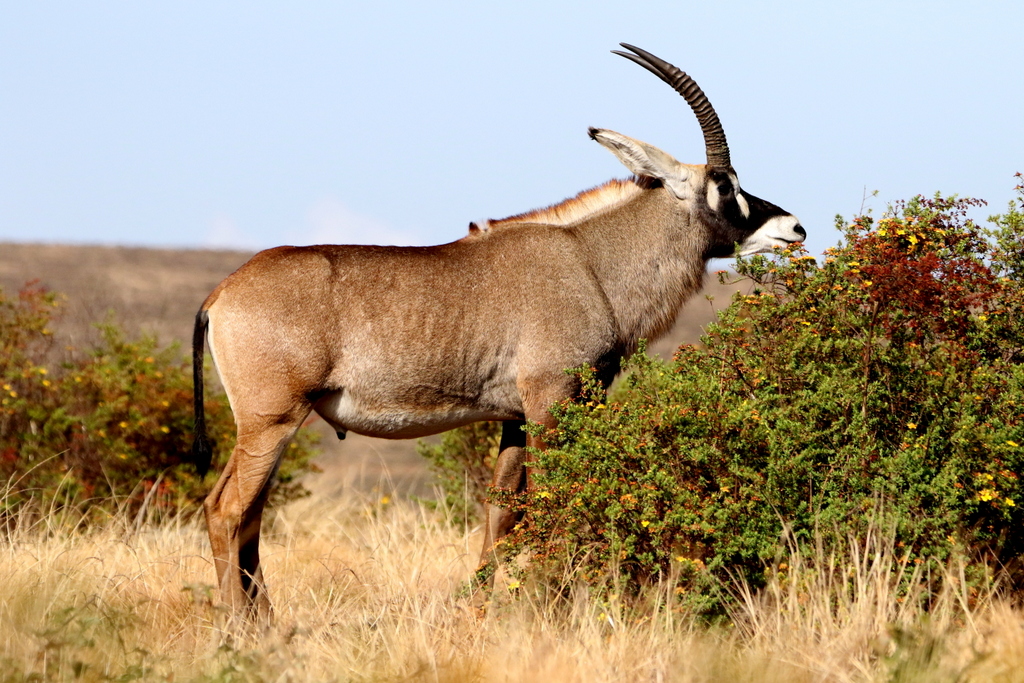
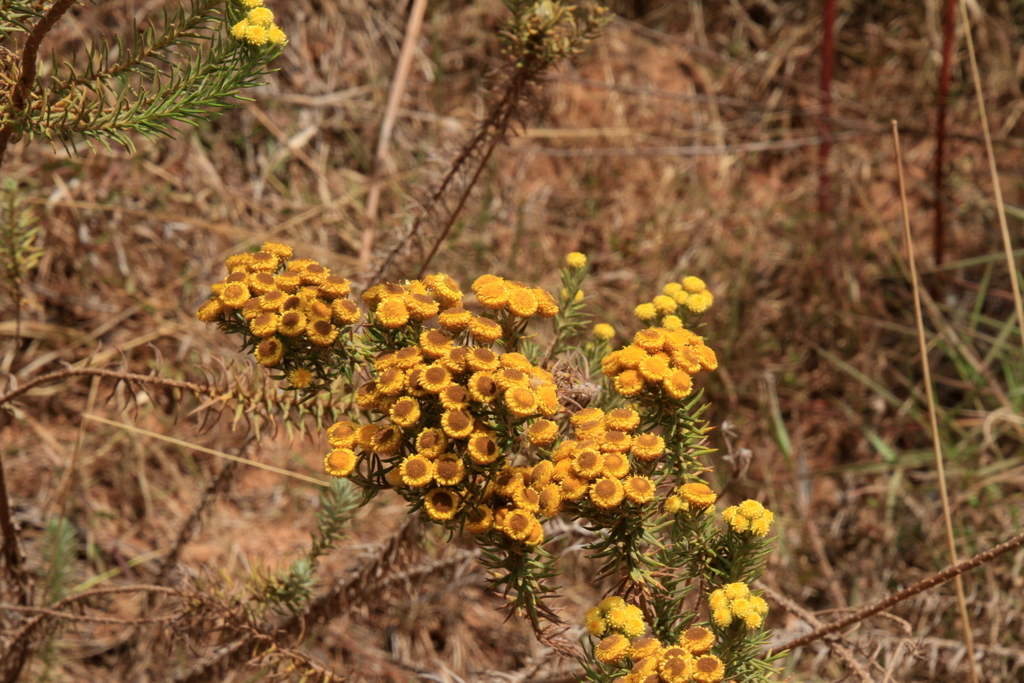
Malawi proved to be a wonderful and easy-to-travel destination. Covid has smashed a hard blow on their tourism industry, and visitors are starting to return to the country only very slowly. But as selfish as it might sound, this is just another factor that is currently making Malawi even more attractive for independent visitors. I know we will be back in not so distant future.
This was our planned itinerary for this trip:
Day 1-2: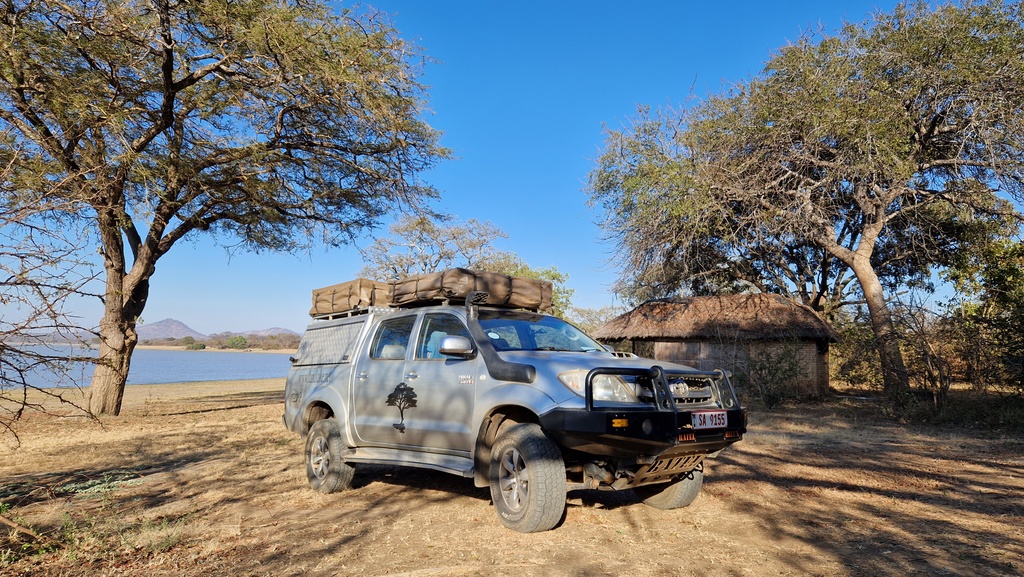
After getting our car in Lilongwe, head north to Vwaza Marsh Game Reserve. Spend two nights at Kazuni Safari Camp.
Day 3-6: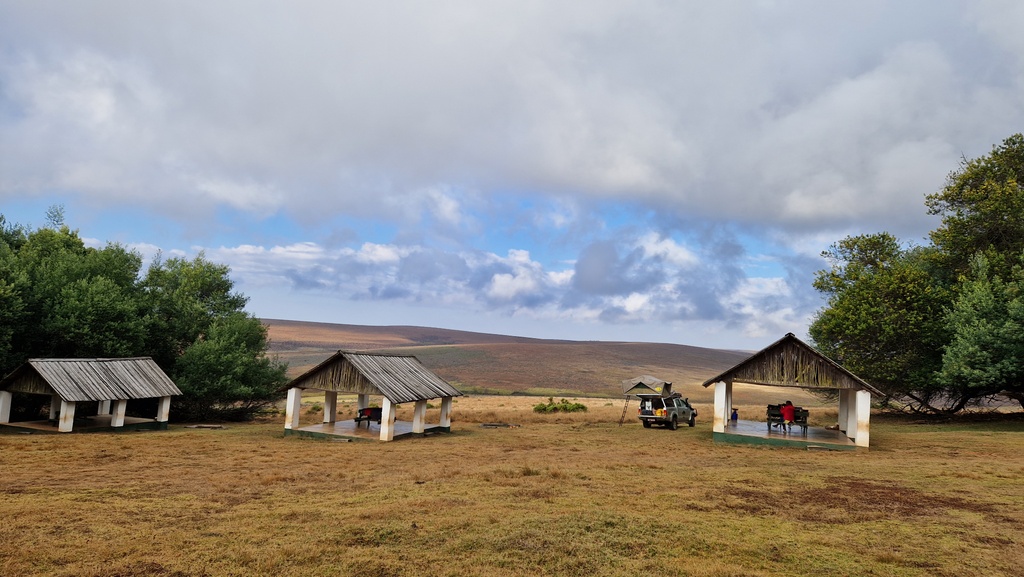
Drive to the Nyika Plateau, and spend three days there, camping at Chilenda Campsite and exploring the park.
Day 6-7: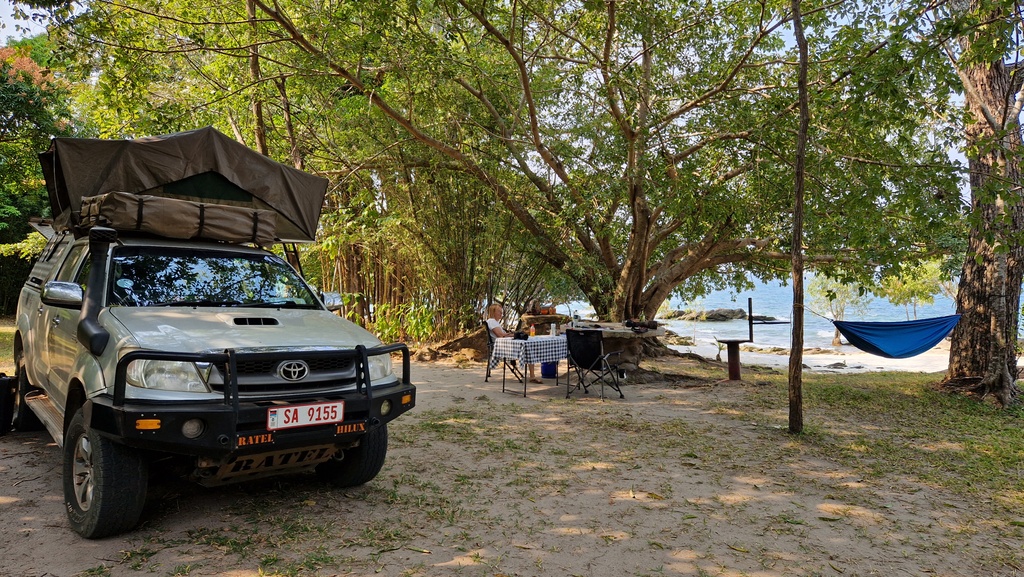
Drive to the central part of the lake and spend two days at Sunga Moyo Campsite near Chinteche.
Day 8-9: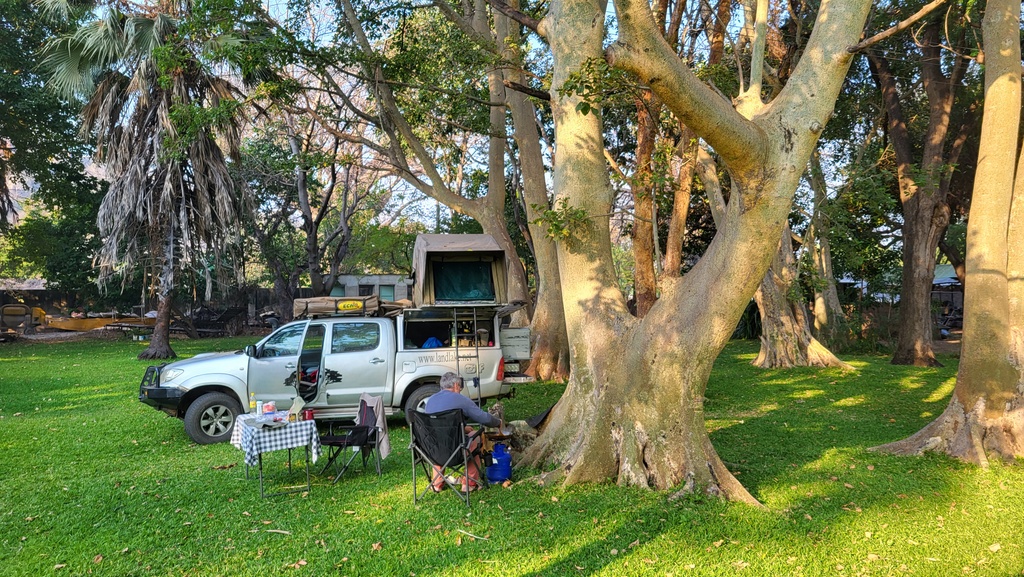
Move to the southern part of the lake near Monkey Bay, and spend two days camping at Norman Carr Cottage.
Day 10-13: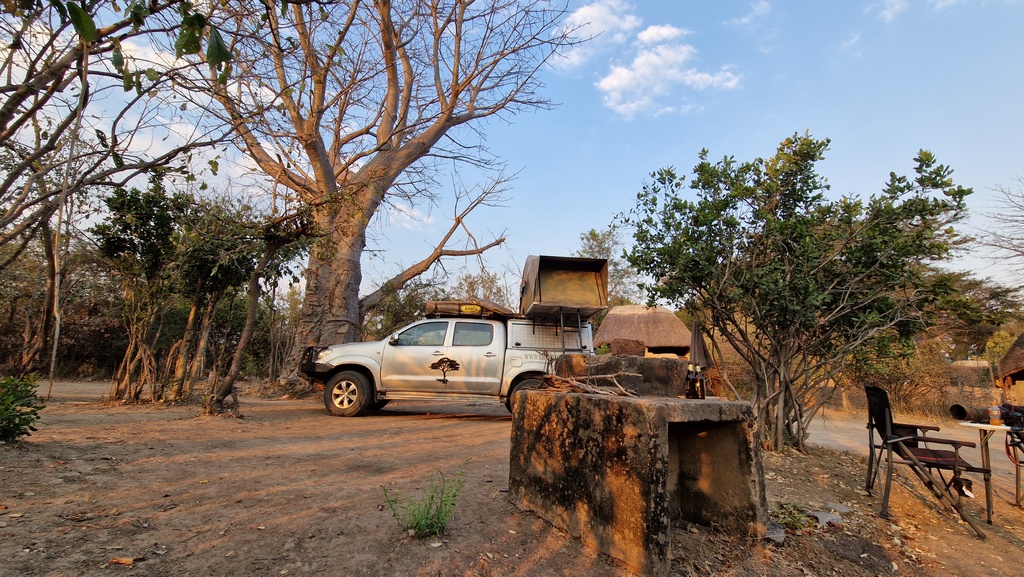
Visit Liwonde National Park for four days, spending two nights at Mvuu Lodge and two at Liwonde Safari Camp.
Day 14-16: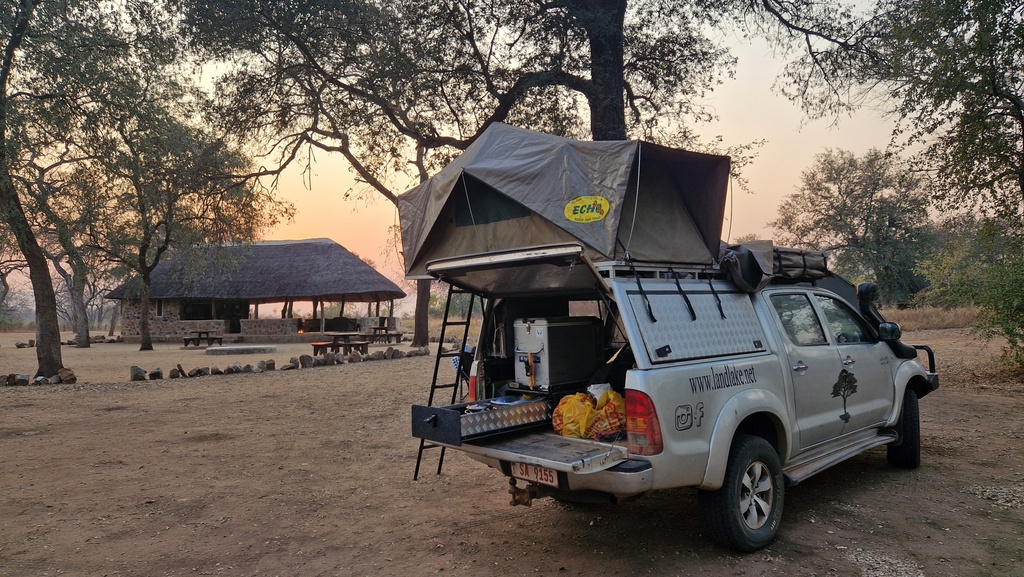
Move south to Majete National Reserve for three days, explore the park, and camp at Majete Community Campsite.
Day 17-18: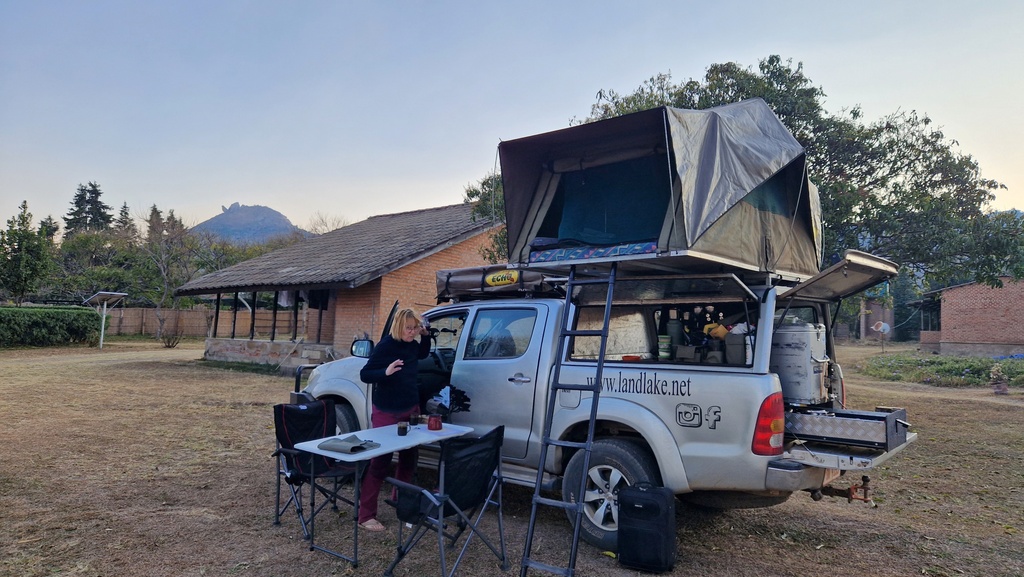
On the way back to Lilongwe, spend a night at Dedza Portery & Lodge campsite, and visit some of the nearby Chongoni rock art sites.
Check the detailed description of each part of the trip by clicking on the following links.
Trip installments:
Part 1: Vwaza Marsh Wildlife Reserve
Part 2: Nyika National Park
Part 3: Lake Malawi
Part 4: Liwonde National Park
Part 5: Majete Game Reserve







An interesting introduction to what will no doubt be a fascinating story.
Fred
LikeLiked by 1 person
Malawi is indeed beautiful country! what a great adventure! still more to see more places to be. Amazing!
Medger
LikeLike
hi, as we go to Malawi soon I have a question about the campsites… did you book or write them in advance? Or just arrived and it was no problem?
regards
Markus
LikeLike
We only pre-booked for camping at Mvuu Lodge in Liwonde NP. But even there, we were the only campers. No problems with campsites without prior reservations at any location we visited.
LikeLike